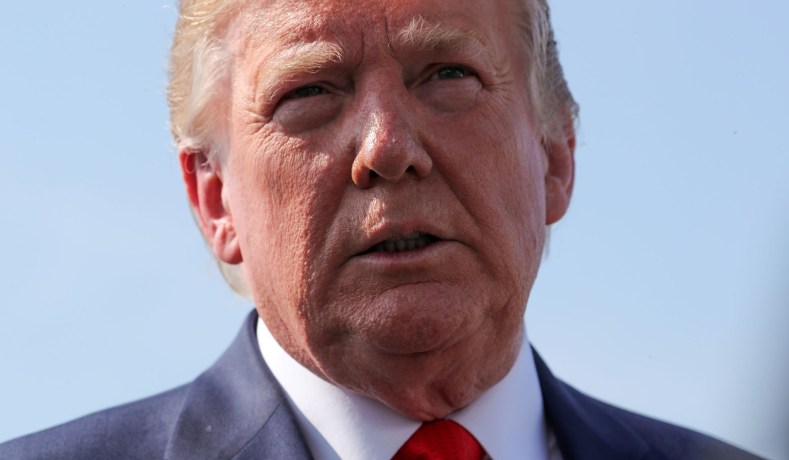(Dallas, TX) A new Treasury ruling will allow people to buy health insurance that has lower premiums, lower deductibles and broader provider networks, according to a health economist who has studied Obamacare.
“People will be able to buy insurance that meets individual and family needs, sells for actuarially fair premiums and includes most doctors and hospitals in its networks,” said John Goodman, who is president of the Goodman Institute and sometimes called the “Father of Health Saving Accounts.”
The ruling pertains to “short-term, limited duration” health plans. These plans are exempt from Obamacare regulations, including mandated benefits and a prohibition on pricing based on expected health expenses. Although they typically last up to 12 months, the Obama administration restricted them to 3 months and outlawed renewal guarantees that protect people who develop a costly health condition from a big premium hike on their next purchase.
The Trump administration has now reversed those decisions, allowing short term plans to last up to 12 months and allowing guaranteed renewals up to three years. The ruling also allows the sale of a separate plan, what Goodman calls “health status insurance,” that protects people from premium increases due to a change in health condition should they want to buy short term insurance for another 3 years.
“By stringing together these two types of insurance, people can remain insured indefinitely with the kind of insurance that was popular before we had Obamacare,” said Goodman.
In explaining the motivation for the ruling, the Treasury Department document points to an “alarming” 20 percent decline last year in number of people enrolled in the individual market without subsidies (e.g., an individual earning more than $48,160). In some states, the decline was even worse, with enrollment dropping by more than 40 percent in six states, including a 73 percent decline in Arizona.
“These are the classic symptoms of a death spiral,” said Goodman. Over the past four years, many people have seen their insurance premiums double and in some cases triple, while the networks have shrunk so much that they omit the best doctors and the best hospitals.”
The Treasury document says that in half the counties in the country, there is only one monopoly insurer. “In most cases the insurer is a Medicaid contractor,” said Goodman. “The plans they are selling look like Medicaid, or something even worse.”
-30-

0 Comments